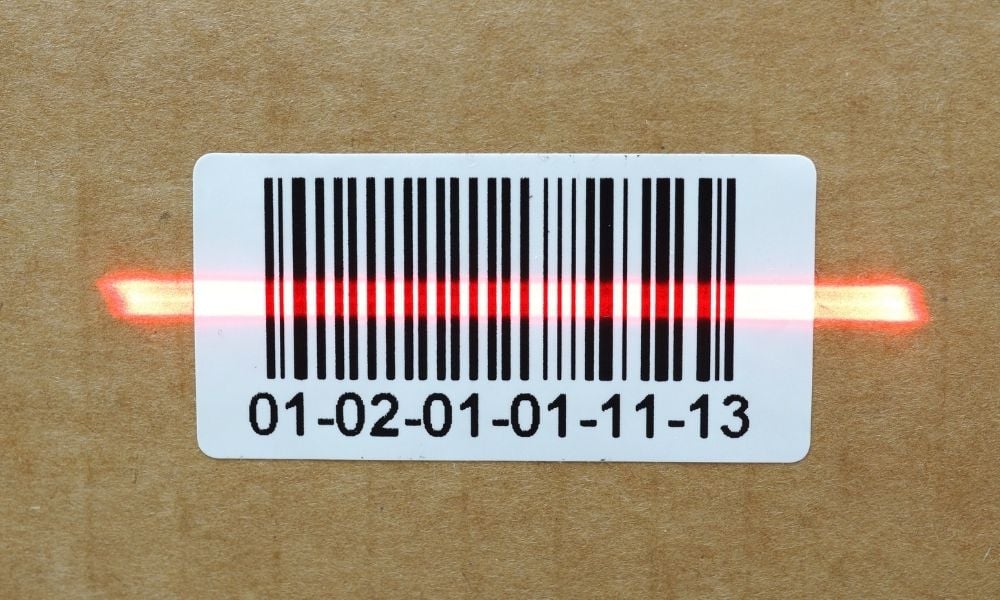
Like so many other helpful devices, it’s very easy to use barcode scanners—but not so simple to understand how they operate. First conceived in 1948 by inventors Bernard Silver and N. Joseph Woodland, the barcode didn’t catch on until the 1970s when supermarket executive Alan Haberman adopted the idea from the then-patent holder IBM.
This equipment, which allows retail owners to charge their customer and track their stock in one smooth motion, is built on intricate design of code recognition technology. Though that may sound complicated, the lay person can learn how barcodes work if they simply take it in step by step.
Centralizes All Record
Barcodes improve retail efficiency by centralizing much of the data needed to track a store’s inventory. Every time a product gets swiped on a barcode a message is relayed to the store’s computer. It’s informed that one less item is in stock.
Using this technology, store owners can decide which items are low and need to be reordered, which products are selling better than others, and if there are any missing items that are unaccounted for.
Creates a Pattern for Numbers Zero Through Nine
The scanner is able to instantly recognize and categorize the items it swipes by reading the lines on the barcode. As a shopper, you’ve likely noticed the zebra-shaped designs used for scanning. It probably looked like a collection of random lines. However, the stripes on a barcode are actually symbols for the numbers zero through nine.
To understand how barcodes work, you must see how each digit is given the same amount of horizontal space: exactly seven units. Within their allotted space, a different black and white design is used to represent any number zero through nine. You may have noticed that a list of numbers run horizontally beneath vertical lines. That is the written pattern that corresponds to the stripes.
Broken Into Threes
Digging a little deeper into the details, the list of numbers and their corresponding vertical line patterns are decided by a three-part sequence. The first part of the numbers indicates in which country the barcode was issued, the second part reveals the product’s manufacturer, and the third identifies the product itself.
How the Scanners Work
When you bring an item to the register the attendant will scan an LED or laser light onto the barcode. From there the code goes on a multi-step journey in the blink of an eye:
- Light reflects into an electric component called a photoelectric cell.
- The cell generates an on-off pulse pattern that matches the black and white stripes.
- An electronic circuit turns these pulses into binary digits (zeros and ones).
- These digits are sent to the store’s computer, which recognizes the product and adjusts their stock accordingly.
It would be hard to imagine living without barcodes. The technology has allowed us to move through lines with greater ease, track shoplifted products, and monitor our businesses. With new advancements always being made in this technology, the future of barcode scanning is bright.
We have a wide array of easy to use, high resolution printers that can print any barcode you need, including QR codes! Browse our complete list of barcode printers on our website.


